We’ll do all the law’s allowin’/Tomorrow I’ll be right back plowin’/ settin’ the woods on fire
—Hank Williams
In a recent post, I discussed the role of natural disturbance in creating the forests we see today. This week, I’d like to look at a newly proposed project that will try to replicate of one of those natural disturbances now missing from the landscape – fire.
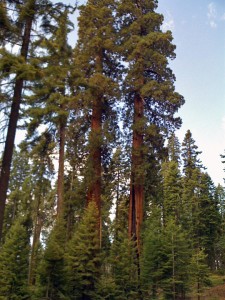
The western slope of the Sierra Nevada – including our Giant Sequoia forests – used to burn pretty frequently. These fires, occurring roughly every five to 25 years, kept fuel levels low by burning away dead branches and trees, and exposing mineral soil necessary for many trees – including giant sequoia – to regenerate. However, over the last century, well-meaning agencies have prevented or extinguished nearly every fire they were able, resulting in a forest that is much different now than in the past. White fir and other shade-tolerant trees fill the understory, preventing sequoias from regenerating and creating ‘fuel ladders’ that can carry fire to the forest canopy. With no new giant sequoias being ‘born,’ and the monarchs of today at risk of incineration, something has to be done to ensure the protection of the species and the forest into the future. Simply waiting for a natural wildfire won’t work; fuel has built up so much that a major uncontrolled burn would likely mean the scorching and death of entire stands of trees, including giant sequoias that have lived for hundreds if not thousands of years through frequent, low-intensity fires.
Last week, the US Forest Service proposed to perform a prescribed burn in the Boulder Creek watershed of Sequoia National Forest. The plan aims to restore some of the natural structure of the forest by lighting and controlling a low-level understory fire on between 6,000 and 9,000 acres of the watershed. This prescribed burn will solve two problems. First, it will remove the fuel that has built up over the past 100 fire-free years, and help to prevent a truly catastrophic wildfire. Second, by burning away much of the branches, needles, and duff on the forest floor, it will create the ground conditions necessary for giant sequoia to regenerate.
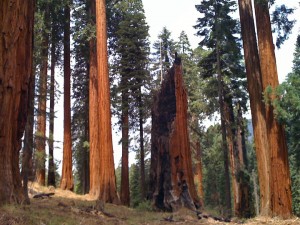
As you might imagine, it’s not as simple as just deciding to go and set the woods on fire. In addition to all the regulatory mandates USFS needs to follow, there are some serious physical obstacles to be overcome as well. The watershed is extremely steep in places, and the understory so dense that to attempt to burn by hand would be far too dangerous even for the most experienced firefighter. In these areas, fire crews will use helicopters to drop small incendiary devices into the forest, starting fires in precise areas without risking lives. Individual giant sequoias will be protected throughout the process by clearing brush from their bases and removing dead branches that would allow flames to be carried up into their crowns.
This isn’t the only project proposing prescribed burns in the giant sequoias. The recently released management plan for the nearby Giant Sequoia National Monument recommends using fire in many areas for all the same reasons described above. Setting fire to the forest in order to help heal it may seem an impossible paradox, but it’s one that must be embraced if we want to continue to protect the giant sequoia and the forest, the ancient trees of today as well as those of tomorrow.


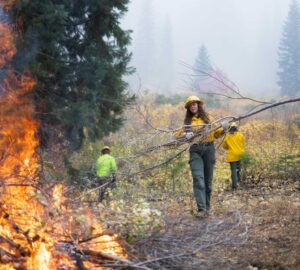
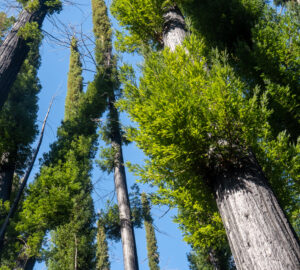
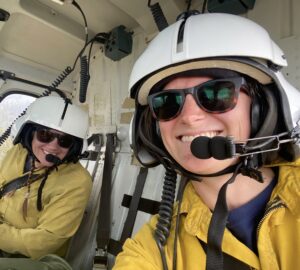
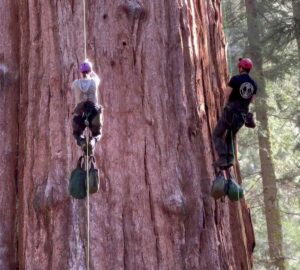

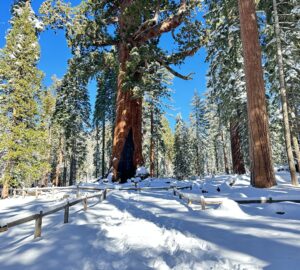
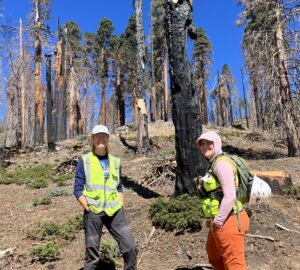
One Response to “Setting Fire to the Forest”
Susan Conforti
So great to know how my money (however small) is being put to such good use. Thank you, Richard Campbell and the League, for all you do.